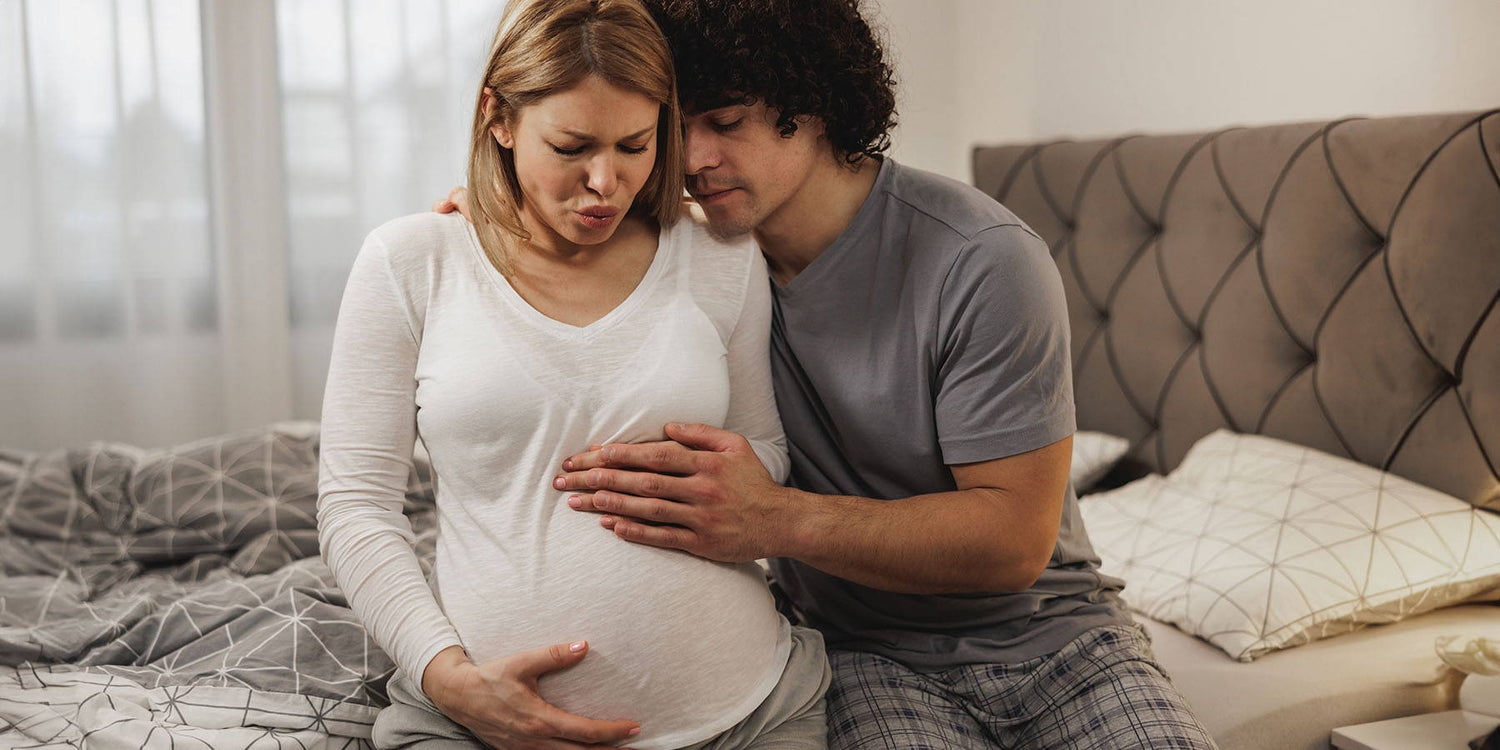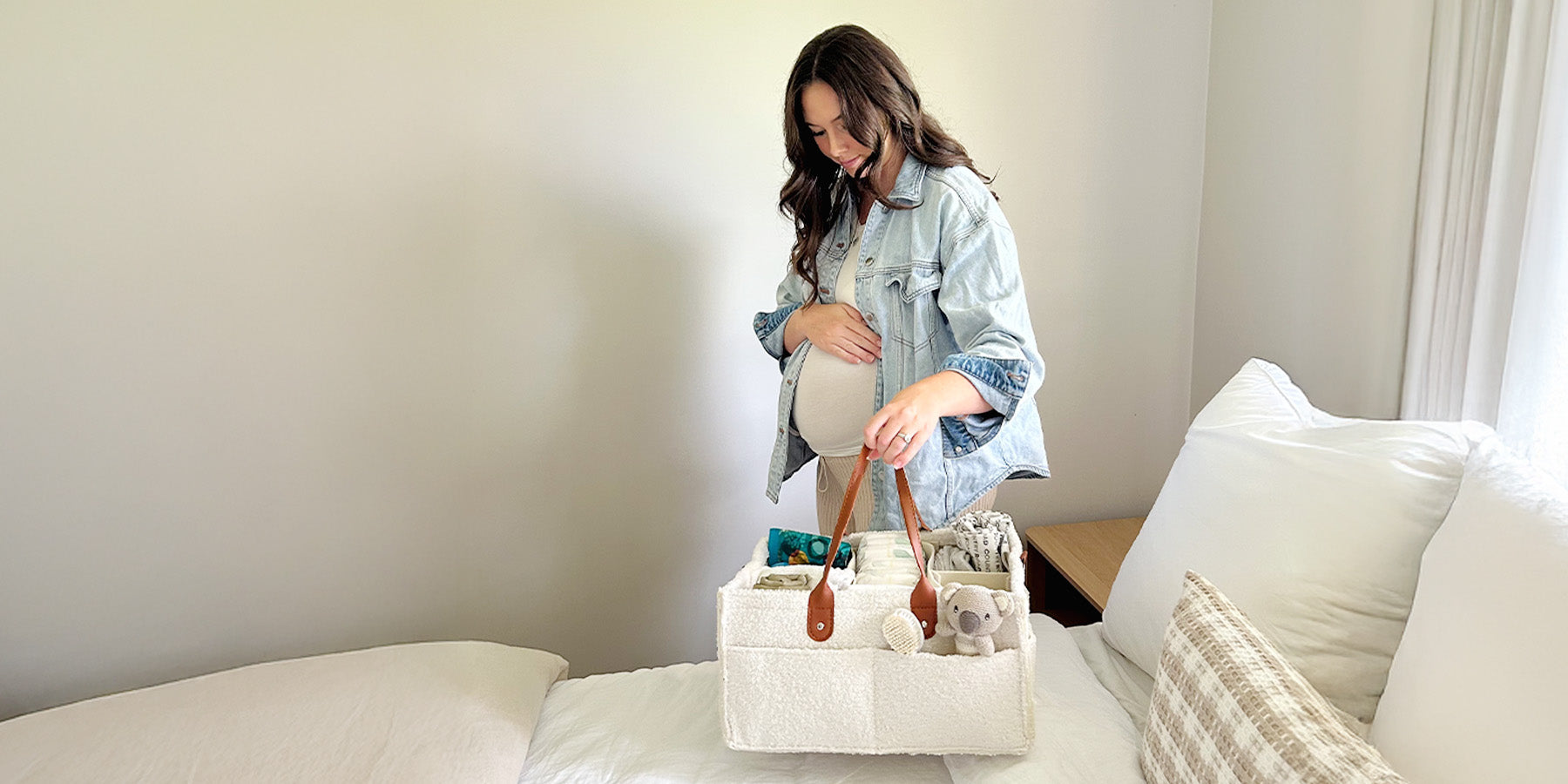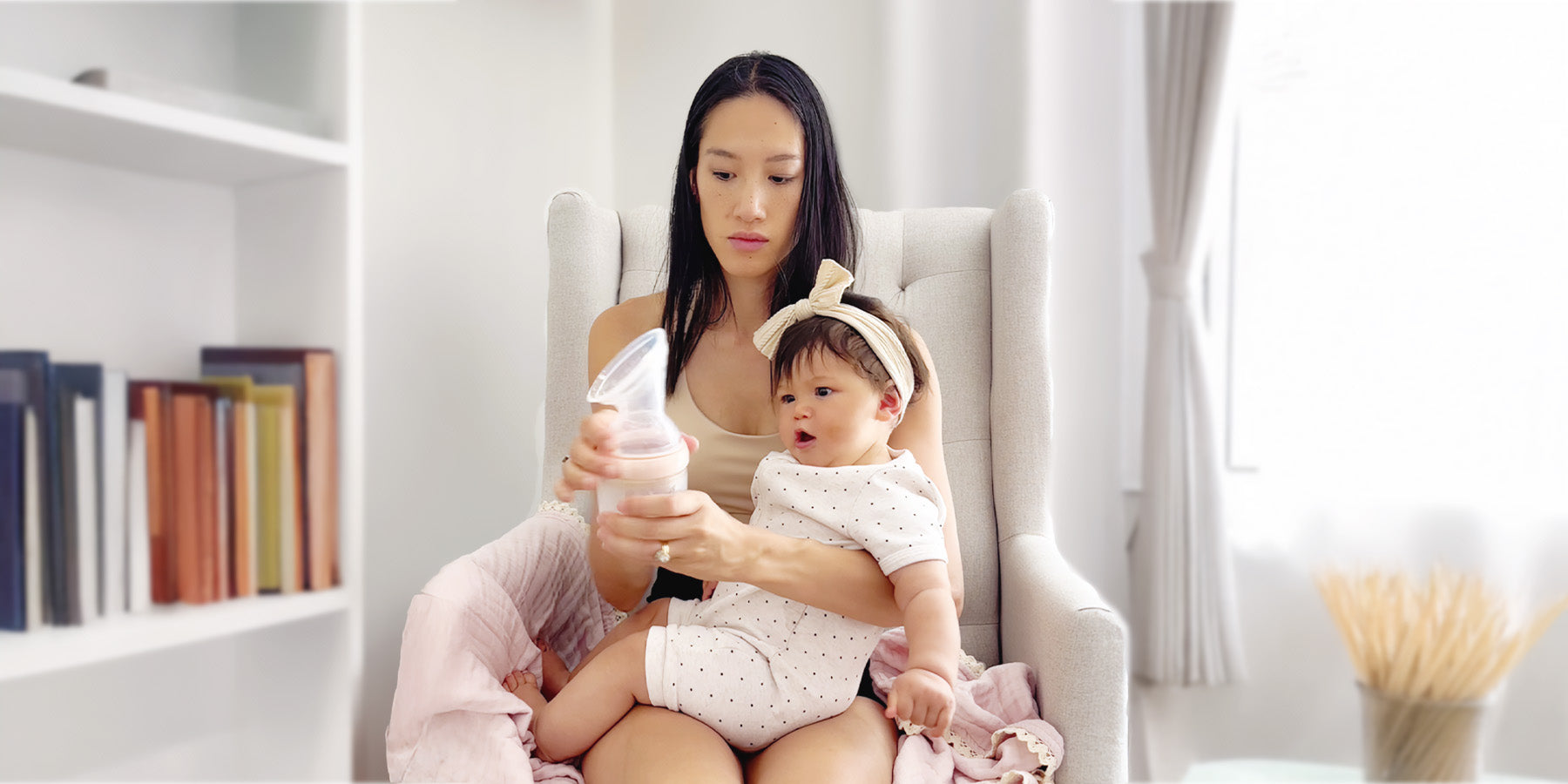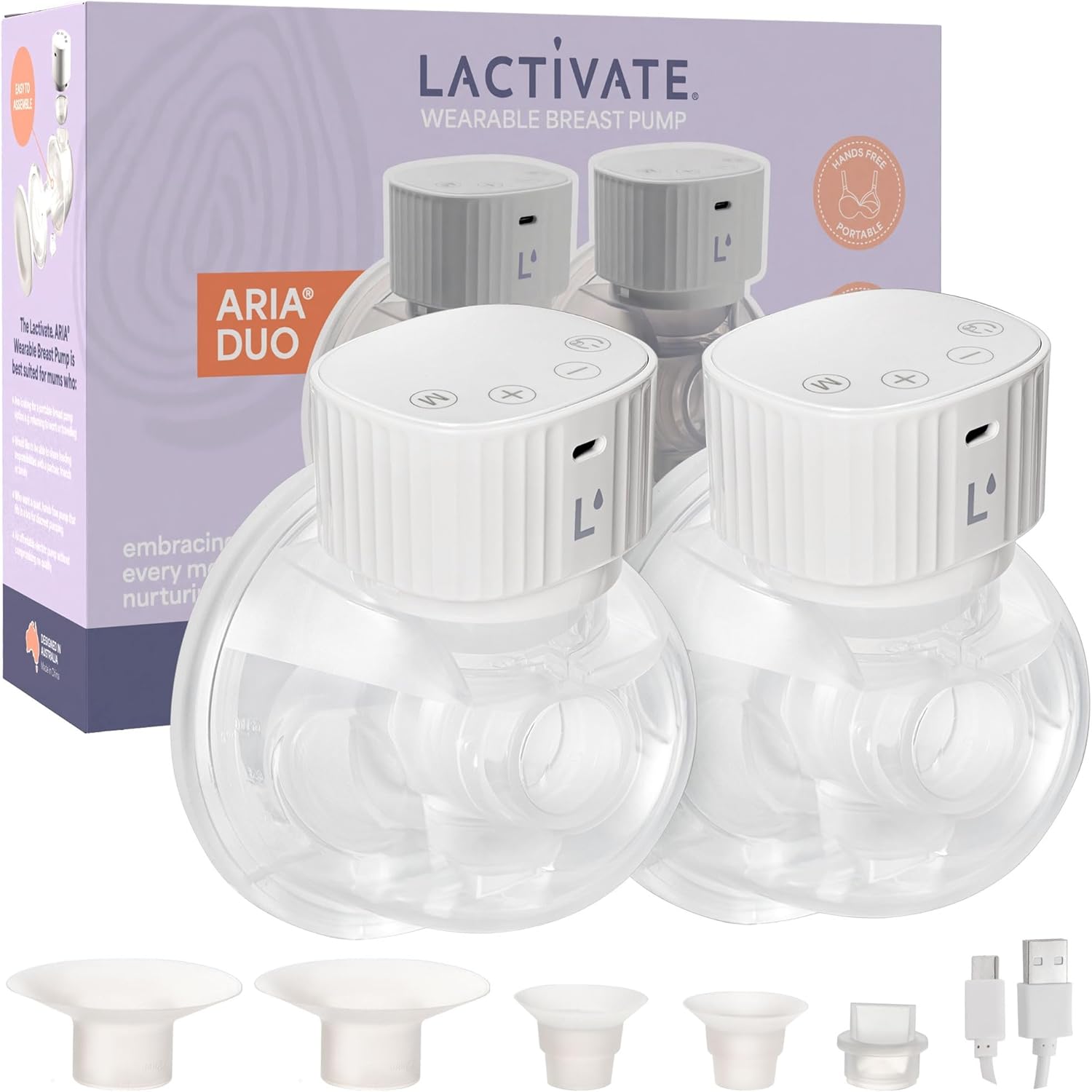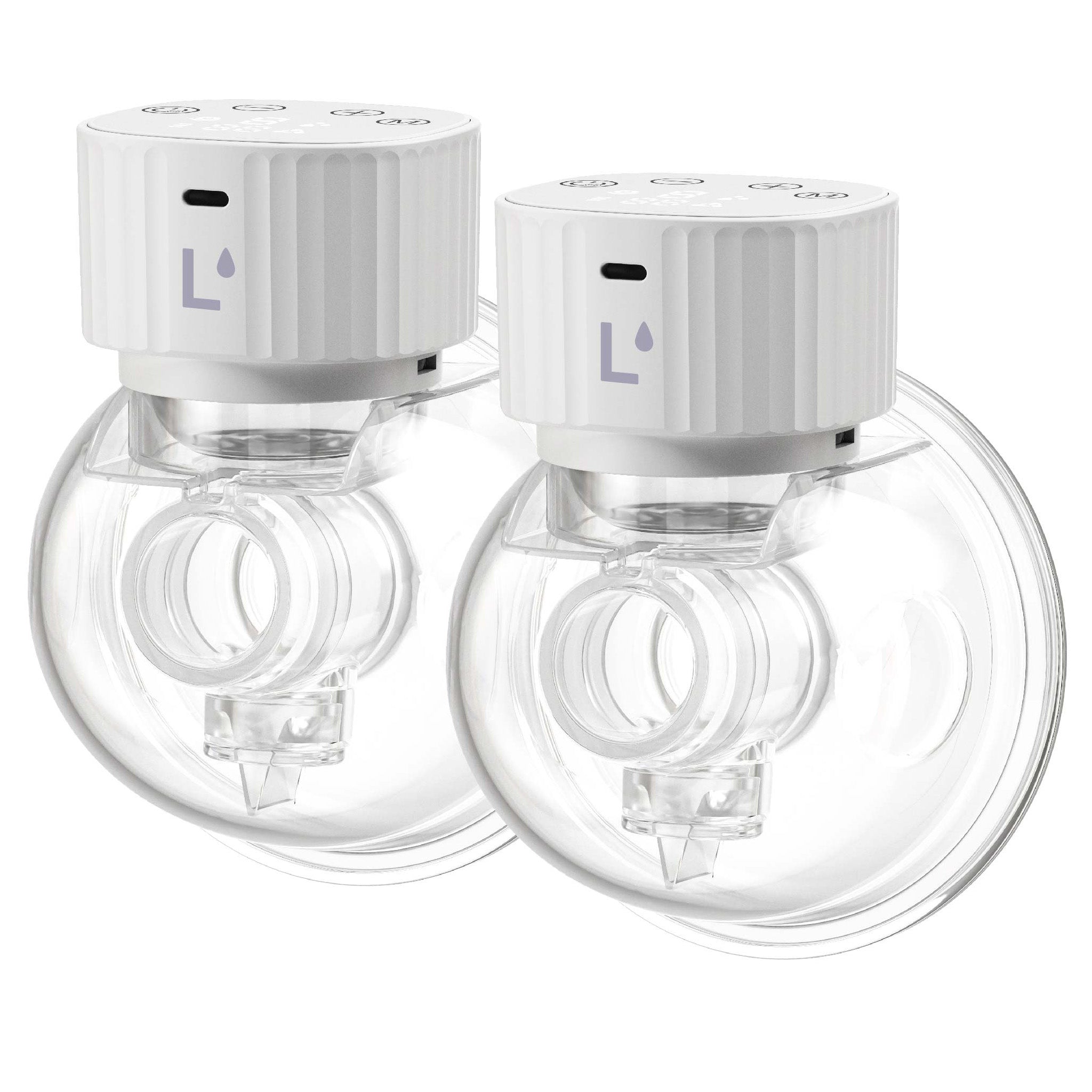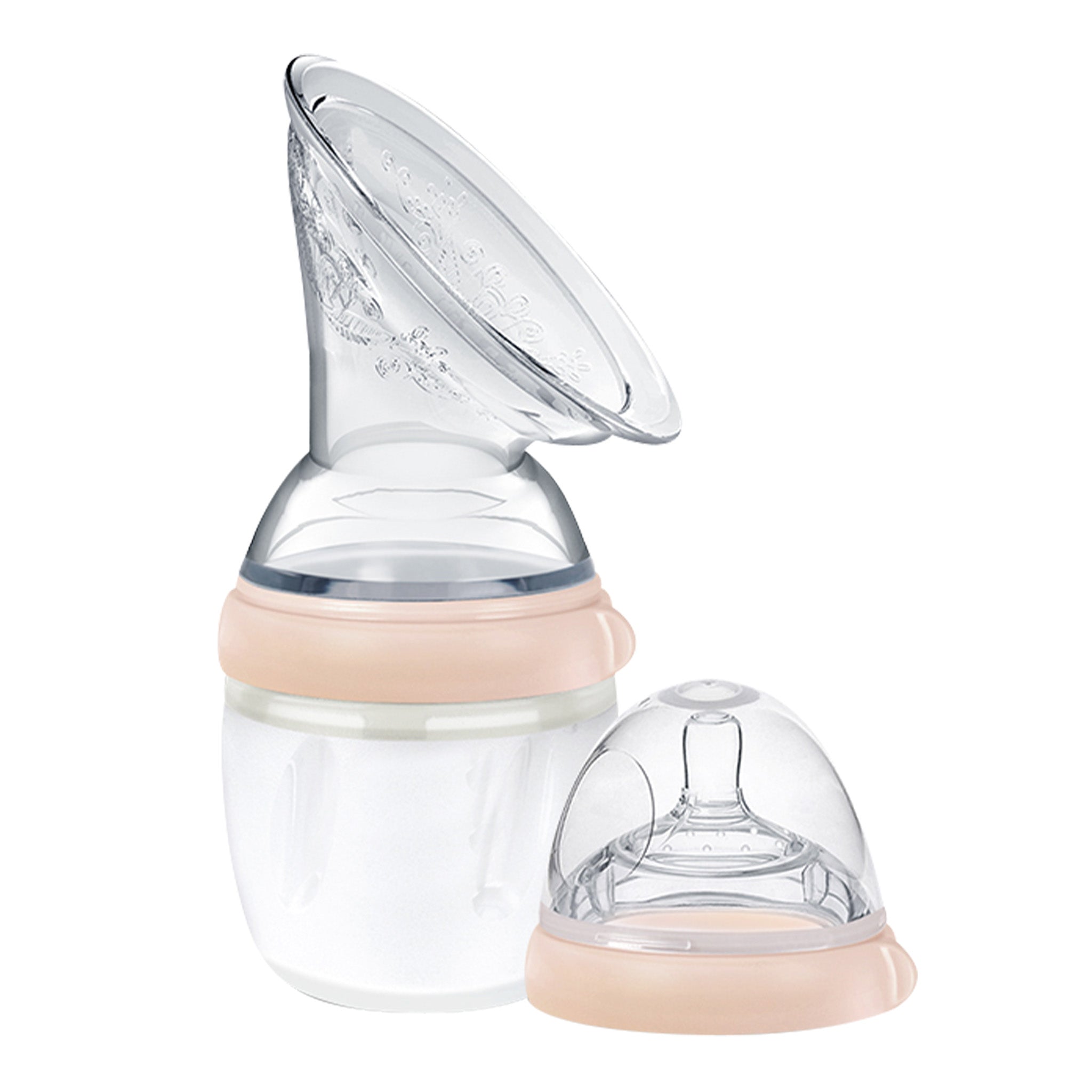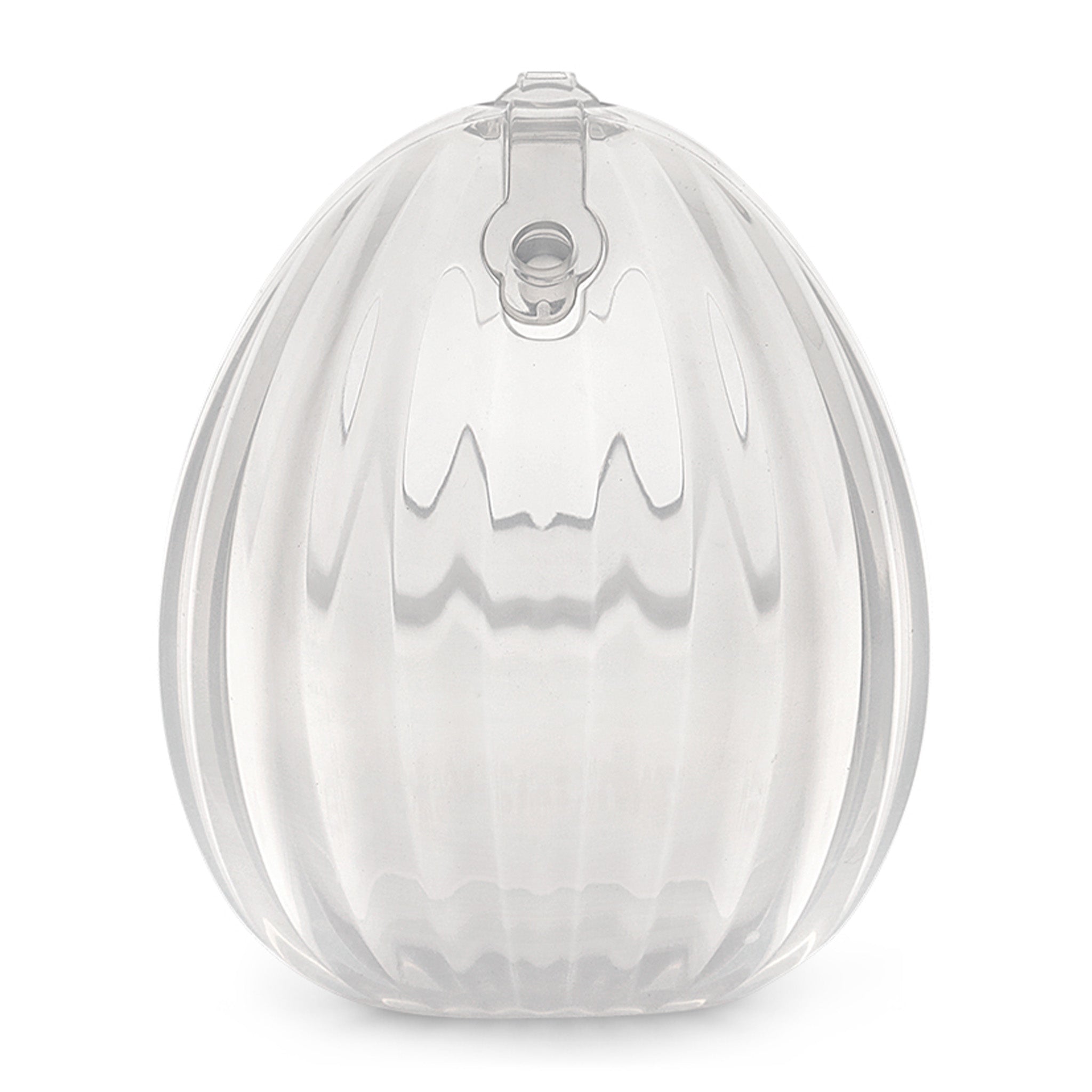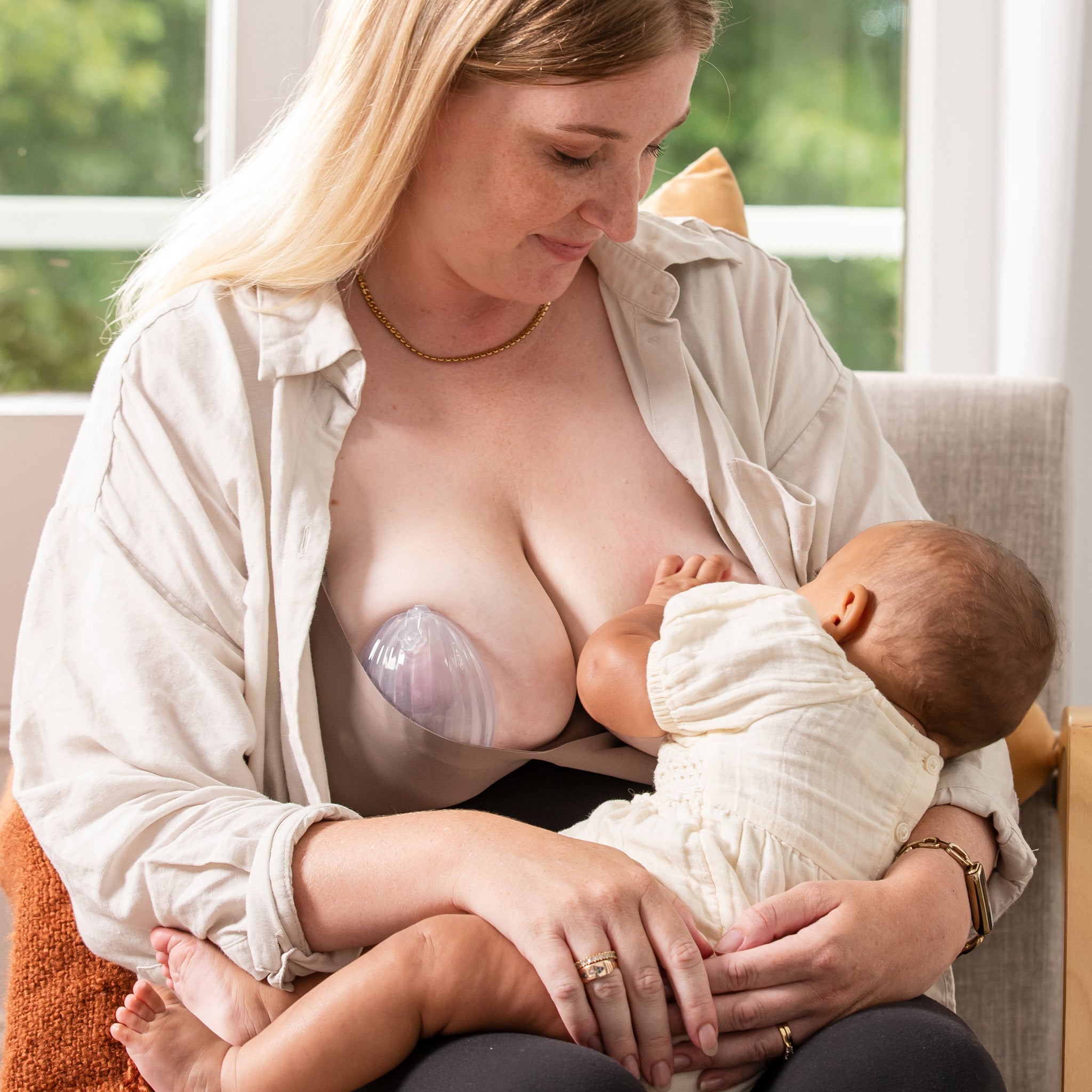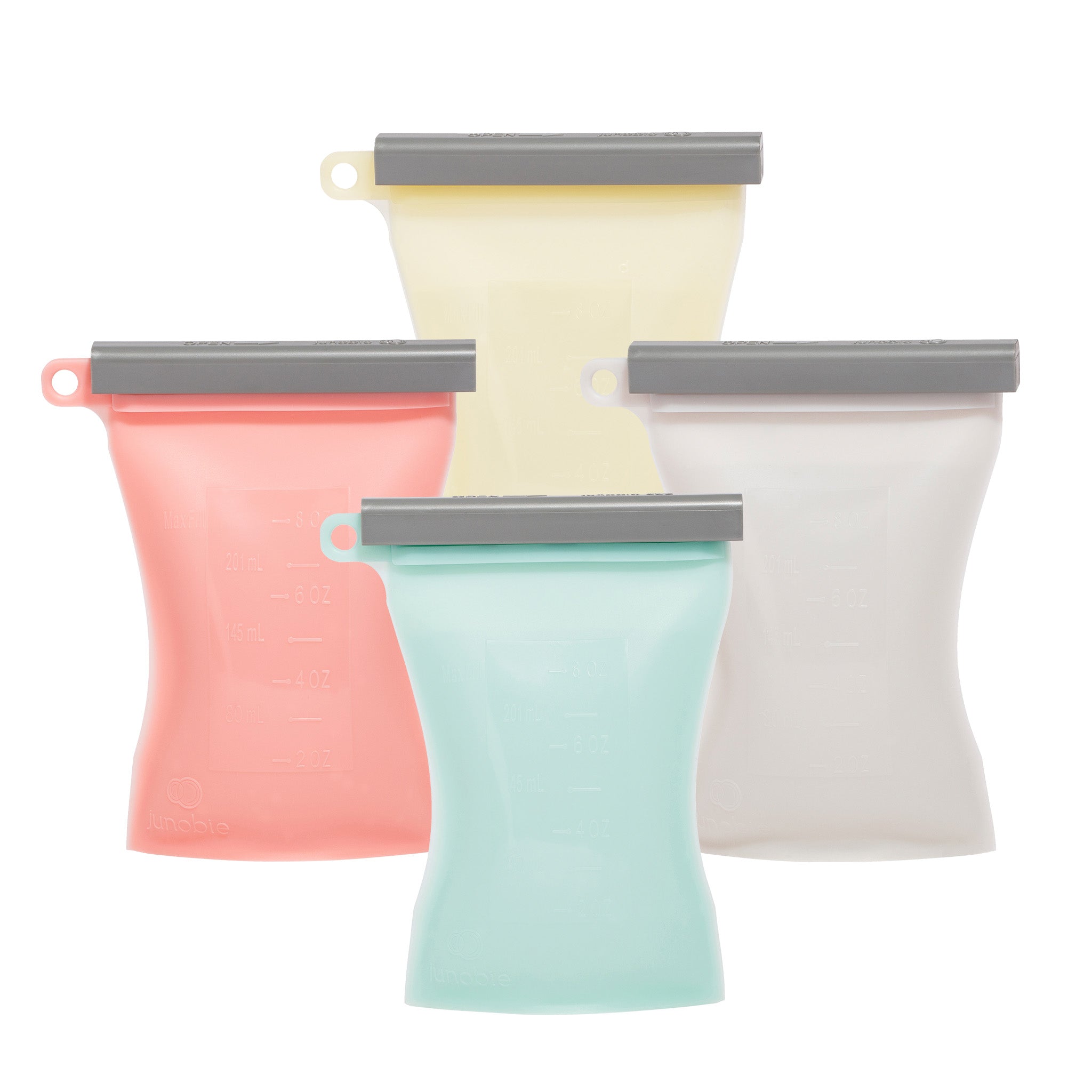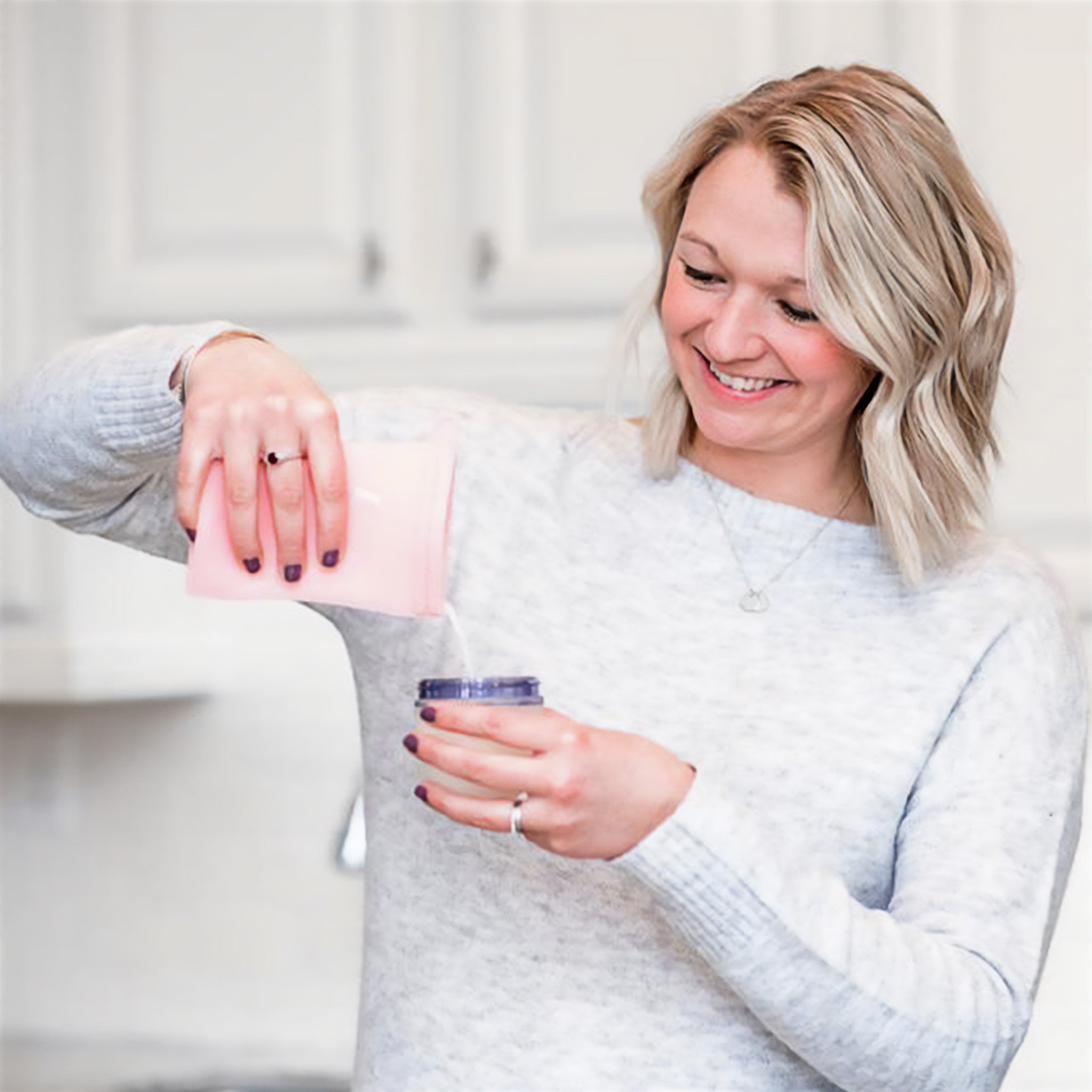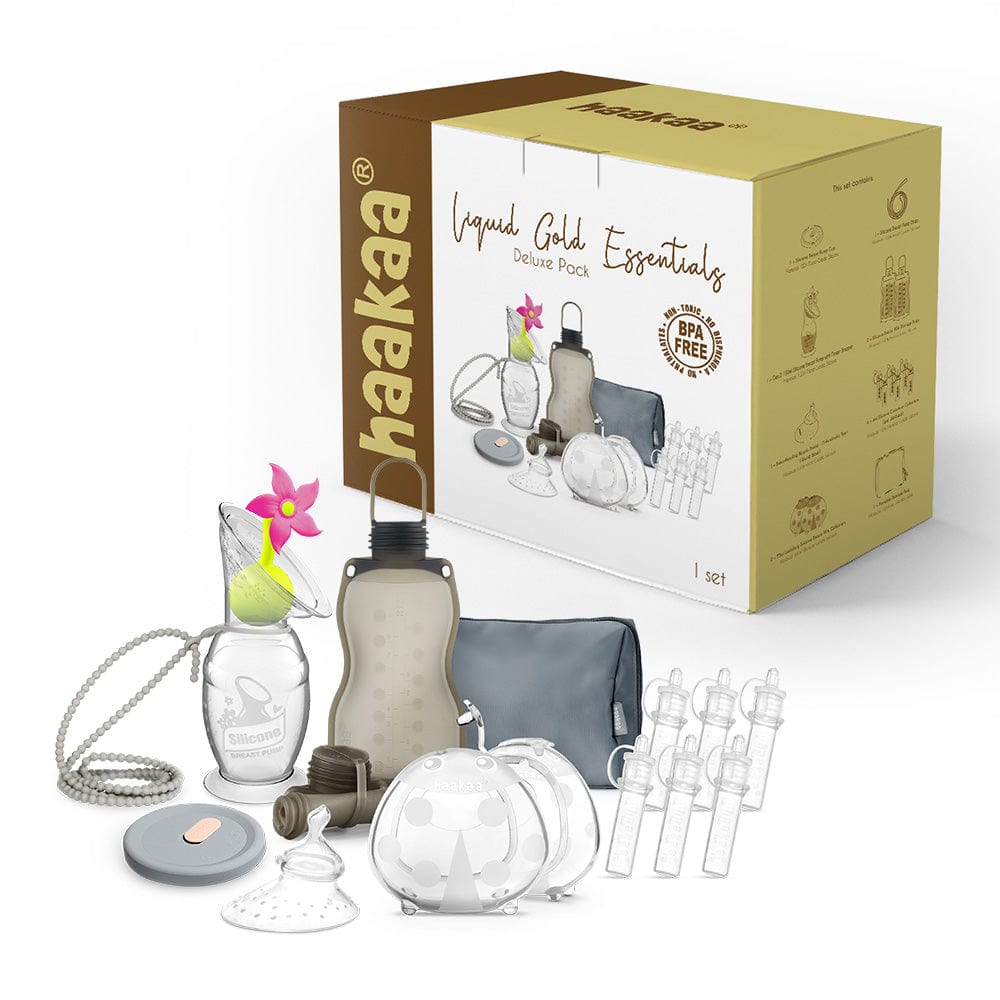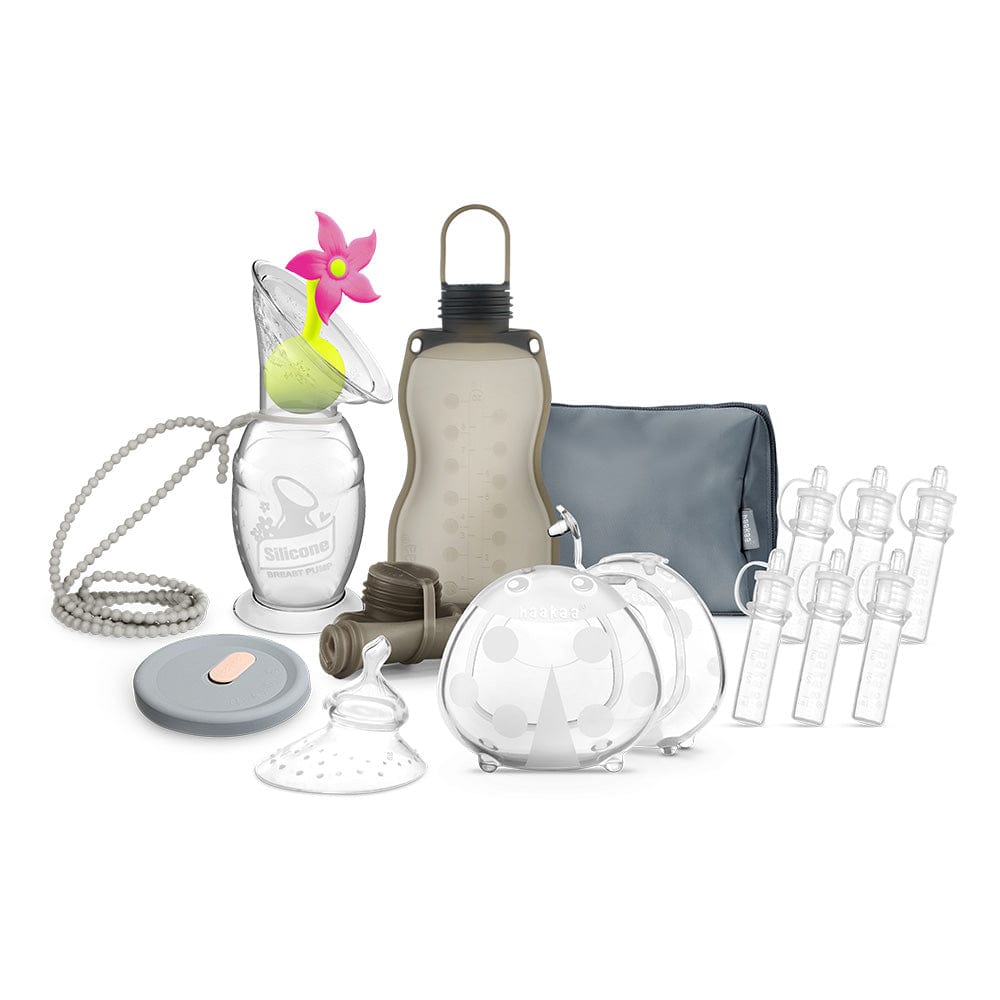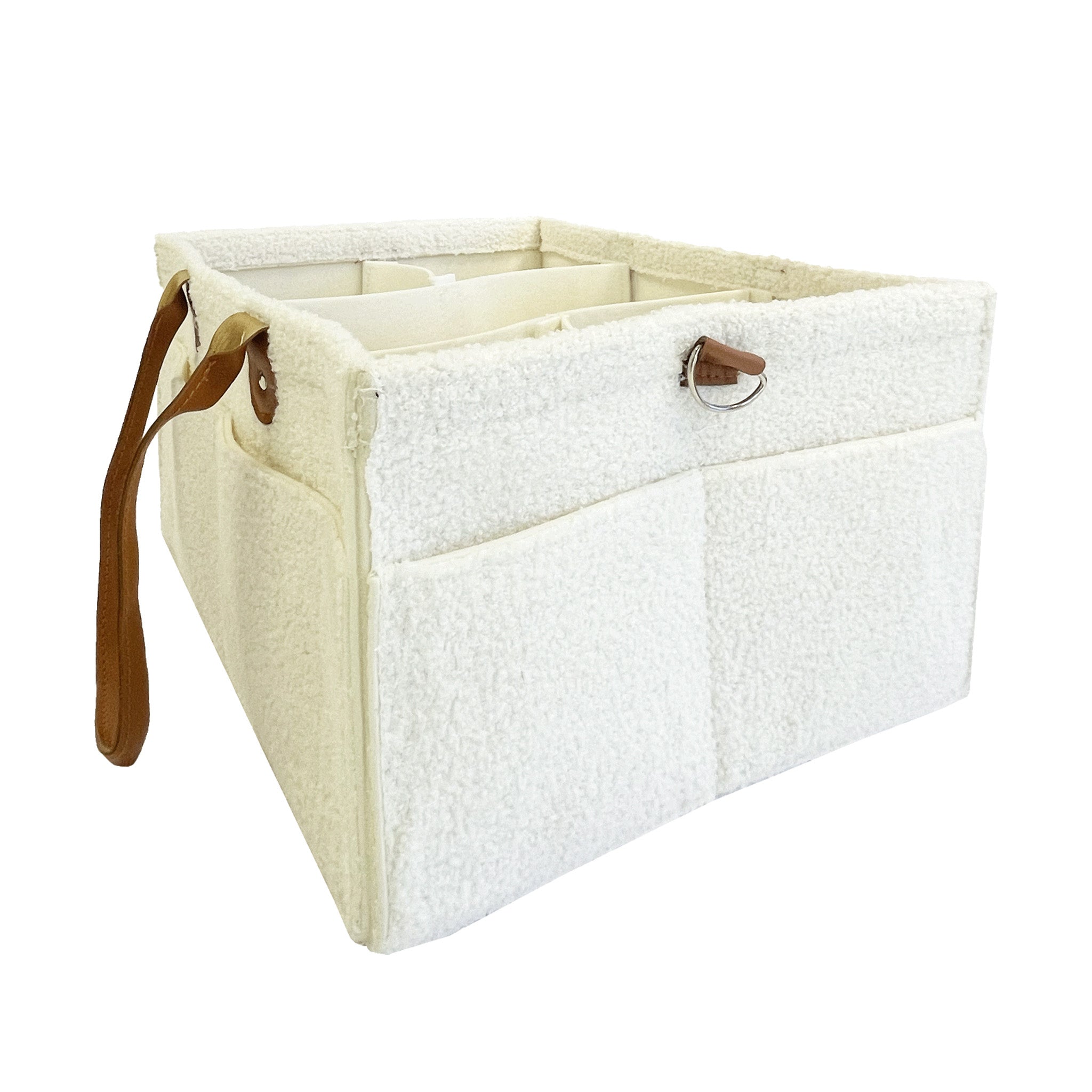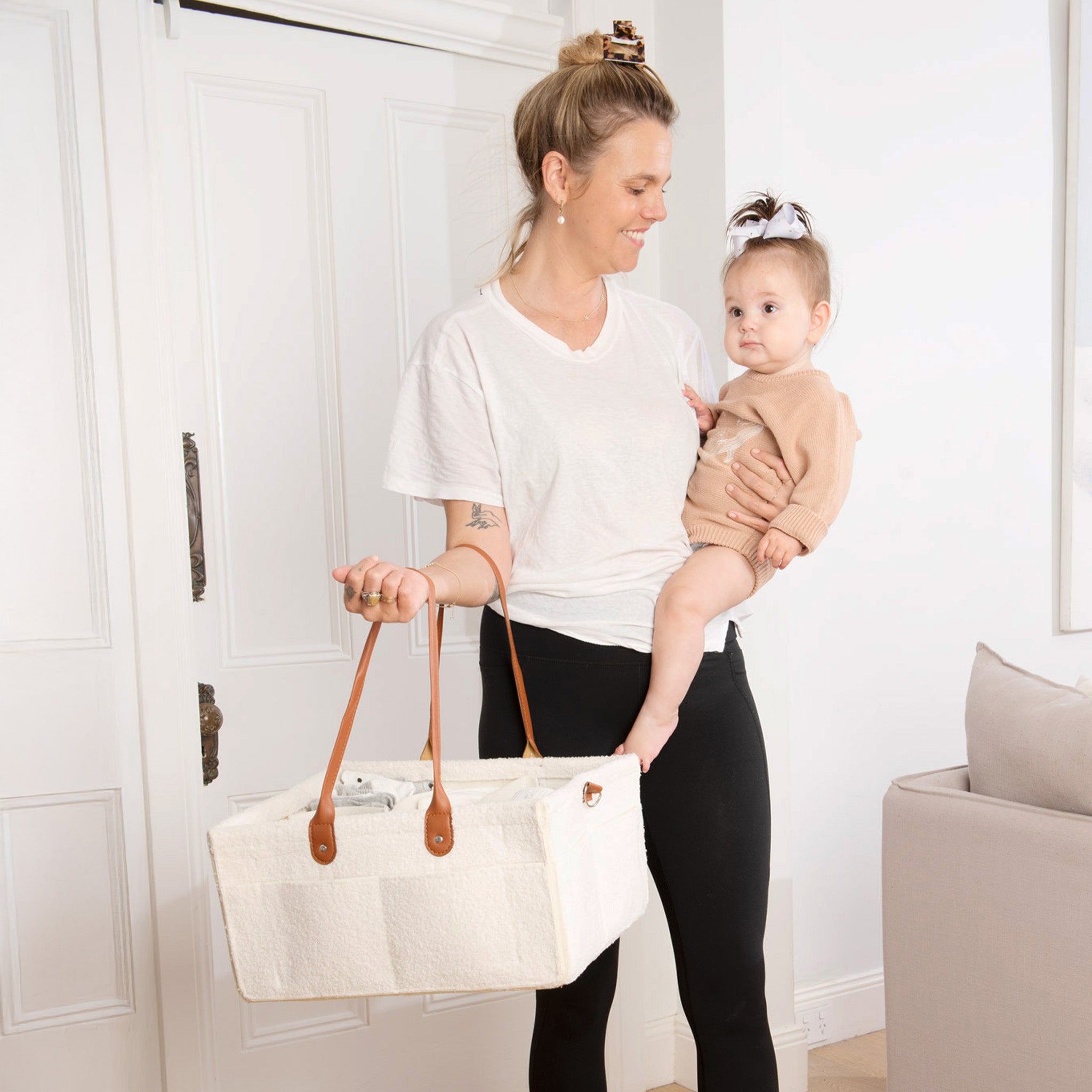There are plenty of things to prepare for in the lead up to the arrival of your baby. And while washing tiny onesies and choosing the perfect feeding chair, it pays to spend some time thinking about labour itself, specifically how you’re planning or at least hoping to manage the pain.
From breathing techniques to massage, acupressure to opioids, we are taking a look at the most popular pain management techniques to give you a clearer idea of your options. And while we’ve included a comprehensive list, it always pays to speak with your caregiver prior to birth to get a better idea of what your birth centre or hospital offers.
Natural (or non-medicated) pain management
Breathing and movement
If you’ve ever watched a birth scene in any movie or TV show then breathing has probably featured heavily! And it’s likely not been depicted very accurately! During labour (and in times of general stress and discomfort!) our breathing tends to become very quick and shallow, not ideal for helping to calm and relieve tension. Breath awareness techniques can help teach you how to moderate your breathing to assist your body to relax and not ‘fight’ against contractions and pain.
Your midwife, partner or support person can remind you to try and relax your face and jaw and breathe deeply, either by counting breaths, focusing on inhaling deeply then exhaling loudly as the contraction builds then peaks or by using a tool like a Konjac sponge to draw attention to your face and jaw as a reminder to breathe and relax. As the pain subsides, try to keep your body soft and continue to breathe in a regular pattern as your body recovers and prepares for the next surge. Birth preparation classes and courses like CalmBirth often teach a variety of different breathing techniques for pain relief. Speak to your caregiver if you think this is something you might be interested in.
‘Active birth’ refers to moving around or changing positions during labour and has been shown to be one of the most effective ways to manage the pain of labour and birth. And, thanks to gravity, being able to move around and stay upright can also help your baby move more easily into position for birth.
Often, the way you move around during labour will be very instinctive. Some women may feel like walking, others might enjoy holding onto their partner or support person and swaying or rocking through contractions. A birthing/fitness ball can also be useful for allowing you to move while in a supported position, either sitting or draped over the top of the ball to conserve energy.
Product Imagery: Seasons Of Mama Konjac Sponge for Labour
Just add water
Water can be a very under-utilised form of pain relief. When thinking about ‘water’ women may automatically think about a water birth and while that is definitely an option in many birth centres and hospitals, it’s not the only way water can be utilised in the delivery room.
A warm bath or shower can be an amazing way to manage the pain of contractions. Warm water helps your body to automatically relax and release tension, making it easier to focus on your breathing. Many birthing suites offer a large shower with a chair/bars for support and sitting or standing in the shower with the water running over you or using the shower head to direct a jet of water towards your back or stomach can be extremely effective in relieving contractions. If you think you might plan on getting wet during labour, ask your partner or support person to pop a pair of swimmers or change of clothes into their bag so that they are able to get in and support you.
Intradermal water injections are another way water is sometimes used in hospitals though it is a form of assisted, non-medical pain relief. Water injections can be administered just beneath the skin in your lower back, by a trained midwife for women experiencing intense lower back pain during labour. The injections have a hefty sting to them, almost like a bee or wasp sting, but once this subsides, they can offer up to two hours of relief from back pain. Speak to your caregiver if this is something you think might be of interest during your labour.
Massage, acupressure and reflexology
Although this is not an official statement, I firmly believe there are two types of women during labour: those who find touch like massage, acupressure and reflexology extremely helpful and welcome, and those who do not want to be touched in any way, at all. It’s hard to predict which camp you’ll fall into but having some touch-based pain management techniques up your sleeve can be very helpful regardless.
Gentle massage, focusing on areas where you are holding tension/feeling pain like your neck, shoulders, lower back and sometimes parts of your legs can provide welcome relief and help your body to relax more easily. Many women find a firm pressure provides the most relief.
Product Imagery: Seasons Of Mama Reflexology Comb For Labour
Some women also find counter-pressure provides a huge amount of relief. Counter-pressure involves applying steady force to the lower back or hips during contractions. Almost like your partner or support person is pressing down into the contraction. This can help relax ligaments and relieve tension in parts of the body that are under a lot of strain.
Acupressure and reflexology can also be used during labour to help manage pain. Specific acu-pressure points can be stimulated to promote relaxation and relieve tension. Tools like a reflexology comb can also be used to help activate what is referred to as Gate Control Theory. This theory asserts that when painful stimuli (such as a contraction) is felt at the same time as non-painful stimuli (such as squeezing a comb), pain signals are then limited from reaching the brain.
Image Reference: https://in.pinterest.com/modernreflexology/
Assisted non-medical pain relief
We’ve mentioned intradermal water injections as a form of assisted, non-medical pain relief but there is another option that can provide effective pain management. A TENS or Transcutaneous Electrical Nerve Stimulation machine is a small, portable, battery-operated device with wires attached. These wires have sticky pads on the end that are stuck to the skin. WHen turned on, a TENS machine will transmit small electrical pulses. These can reduce the pain signals travelling to the brain which can help to manage contractions and relieve tension.
Medical Pain Relief
Medical pain relief refers to forms of pain management that involve, well, medical intervention.
Gas and air
Gas and air. Some women love it, others can’t stand it. A mix of nitrous oxide and oxygen (sometimes known as ‘laughing gas’) gas and air doesn’t stop pain but it can help you to manage it better. Gas and air is administered through a mask or mouthpiece where you control your breathing. You will usually begin inhaling during a contraction. Some women may find gas and air makes them nauseous and fuzzy headed while others find it gives them a helping hand in managing their pain without the need for other medication.
Opioids
Opioids are powerful drugs that can be used to very effectively manage pain during labour. The most commonly used opioids to control pain in labour are pethidine and morphine. Like with all medications, there can be side effects that come with using these medications so it is best to discuss your thoughts and preferences with your caregiver.
Spinal block and epidural
The big guns! An epidural is a local anaesthetic that is injected into your back to ‘switch off’ or numb the nerves in that area, meaning pain disappears. If you have an epidural, you won’t be able to feel much from the waist down. A thin tube will be inserted into your back so that the anaesthetic dosage can be controlled. You will also have a catheter inserted to drain your urine, an IV to provide fluids and a CTG machine attached to monitor your baby’s heart rate and your contractions. Many women may still feel the need to push, but the sensation will be lessened.
A spinal block is similar but injected into a different place in the back. A different medication may also be used. An anaesthetist will be called in to perform an epidural and/or spinal block and will talk you through the process and how it all works.
If you have a caesarean section, an epidural and/or spinal block will often be administered before you are wheeled into theatre.
Featured Product
The Lactivate® Breastfeeding Bundle includes our best selling Lactivate® Breastfeeding products, the basic essentials for any new mumma's boobies. Pump during or between feeds with our ARIA Wearable Breast Pump, ease common breast concerns such as blocked ducts, mastitis etc, with our Ice & Heat Breast Packs, soothe and heal sore damaged nipples naturally with our Silver Nursing Cups and protect against milky spills and leaks with our Reusable Nursing Pads. Lactivate has got you covered!
For more breastfeeding resources and blogs, check out our resource section

